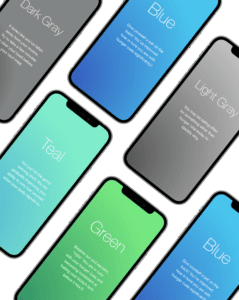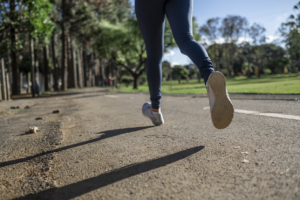REAL Hunger – What Causes It and How To Tame It
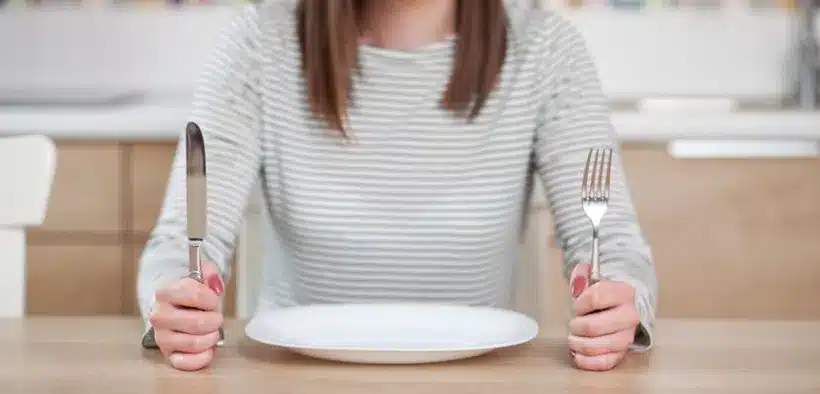
Written by Sharone Sapir M.S. Nutritionist with Shapa
You’ve given up on your weight loss efforts, or maybe you have even regained the weight that you fought so hard to lose. Sound familiar?
A common culprit? Hunger!
That pesky little nuisance. Real, physical hunger is a beast to contend with, and it’s not the only kind of hunger. Emotional hunger can also show up, and while we’re at it, let’s throw in hedonistic hunger. That’s a lot of hunger!
This article is all about physical hunger, because if you can get a handle on yours, then everything, including weight loss, will become easier.
What is REAL Hunger?
Physical hunger is an empty or hollow sensation in your stomach that increases gradually and may be accompanied by growling. The gradual part is super important because we often don’t feel hungry until we see or smell something delicious. Then, all of a sudden, we’re ravenous and ready to eat! Is that real hunger? NO! That’s your brain messing with you. Real hunger grows over time. Although real hunger may also entail lightheadedness, low energy, and grouchiness, those feelings alone don’t indicate hunger even if they get better once you’ve eaten. Physical hunger originates in the stomach.
And guess what? Physical hunger is not a bad thing. In fact, it’s a normal, and healthy sensation to experience; it indicates that you’re using up your energy requirements. If you’re never hungry, chances are that you’re taking in more energy than you need to and that results in… you guessed it, weight gain. If feeling hungry gives you anxiety, start slow. First, get into the habit of checking in with yourself throughout the day. When you notice a slight hunger, set a timer for 10 minutes before reaching for anything to eat or drink. Once you’re comfortable doing that, try extending the timer by 5 minutes at a time, until you’re habitually waiting 30-60 minutes to eat after experiencing your first sensation of hunger.
But let’s rewind. Although hunger is a normal part of being healthy, there’s a way to mitigate hunger and not suffer more than you need to. What you eat has a tremendous effect on how often and how strongly you will experience hunger pangs. Eating the right stuff will help you feel hungry only when you actually are hungry while eating too much of the other stuff will cause a fake physical hunger that’s not related to using up your energy requirements. I know, it’s not fair!
What’s the right stuff?
The right stuff is all three macronutrients: Protein, Carbs, and Fats. Many popular diets cut one of these almost completely out (think very low-fat or low-carb diets). But your body has sensors for all three, and it’s essential to consume all three in order for your brain to receive those important satiety signals so you can stop constantly thinking about your next meal. You have enough on your mind already without having to worry about food too!
Protein is #1!
We’re going to start with protein. Why? Because protein provides the biggest bang for your buck when it comes to feeling full. Without protein, you’ll be hungry way sooner. Here’s a Jedi mind trick: As soon as you’re hungry, ask yourself, “What’s my protein?” and then plan around it. This way you’ll never leave out the most important nutrient for long-term satiety.

How Much Protein?
To achieve optimal lean body mass, aim for .7-1g of protein per pound of your goal body weight. And remember, this is grams of protein in the food you’re eating, not the weight of the food itself.
Example: You weigh 100 lbs (for simplicity)
100 lbs x .7g = 70g of protein. And 100 lbs x 1g = 100g of protein. Your goal would be to eat between 70g and 100g of protein per day. It’s okay to even go a little higher, but try to stay under 1.5 x your goal body weight in lbs.
Not sure how to know how much protein you’re getting? A digital food scale is an easy-to-use cheap tool. But let’s be honest, you’d rather eyeball it, and I don’t blame you! Luckily, your hand is a handy (haha, see what I did there?) tool for portion sizing. Your palm represents about a 3-4 oz serving of protein. Each ounce of lean protein is about 7-8g, so a palm amount averages to around 22g-30g of protein. Not bad! Eat at least one palm’s worth with every meal, and at least half a palm’s worth with every snack and you should be crushing your protein game.
Protein – Check! What Else?
May I present to you…
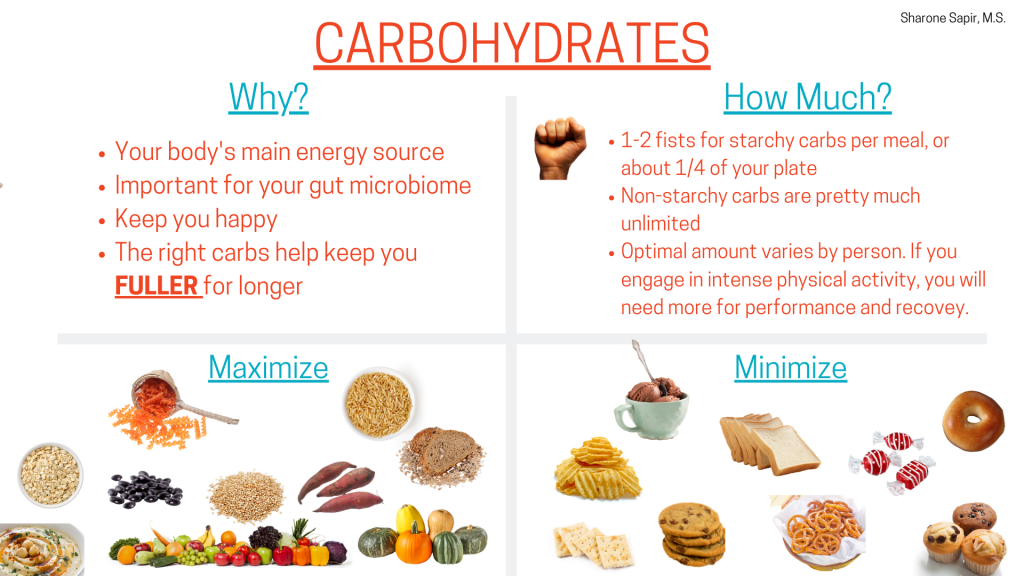
If you fear carbs, you’re not alone. They’ve been absolutely vilified in diet culture. But hear me out: The right carbs are your friends. Like, your best friends! The type of friends who don’t care if you don’t clean up before they come over. They provide slow and steady energy and good mood vibes, and perhaps most importantly, they help you feel full and satisfied for longer, especially when combined with protein.
Not all carbs are created equal, however. Complex carbs, or “slow” carbs, are carbs in their whole state. They contain both nutrients and fiber, and they break down slowly, giving you long-lasting energy and fullness. Simple carbs, or “fast” carbs, break down right away, giving you a burst of energy followed by a crash and often, cravings for more fast carbs. Your goal is to maximize your intake of slow carbs and minimize your intake of fast ones.
The amount of carbohydrates you require depends on a few factors, including your age and activity level. The younger and more active you are, the more you’ll need. As a general guideline, you want about 1-2 fists-worth of complex carbs at every meal (excluding non-starchy vegetables, which are considered complex carbs, but have no limit). Again, you may need more or less, so pay attention to how you feel and adjust accordingly.
And Finally…
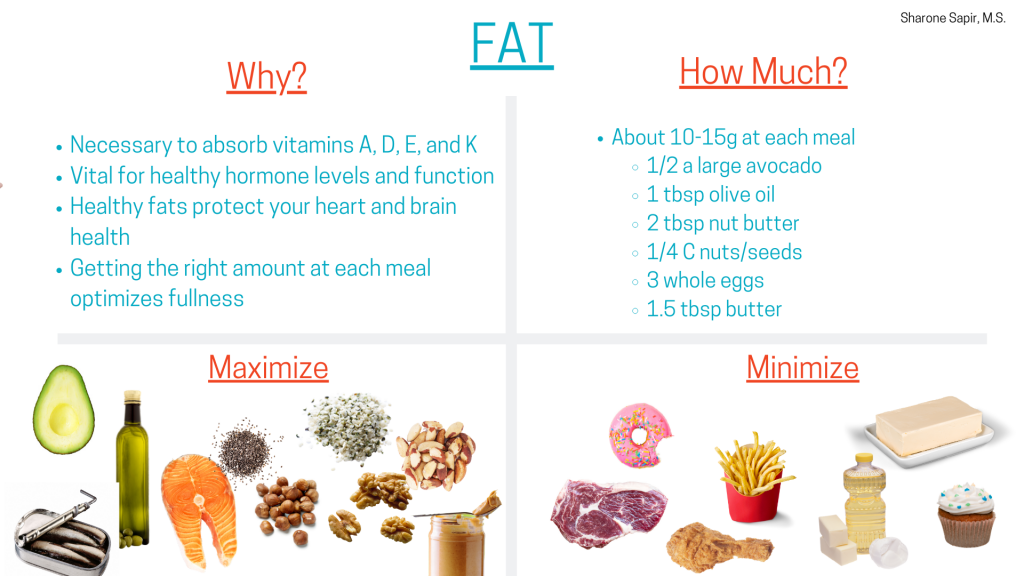
Couldn’t fat be called something else? I mean, really! Yes, fat has more calories than either carbs or protein. 1 gram of fat contains 9 calories, while 1 gram of carbs or protein is just 4 calories. If you overdo foods high in fat, well, it’s easy to go over your daily calorie needs. However, fat is mega important! Not only do you need fat in order to absorb vitamins A, D, E, and K, it’s also integral to healthy hormone levels and functions. And, fat is vital in giving us a full and satisfied feeling during and after a meal. Make sure your meals and snacks include a little fat!
An optimal amount of fat is about 10-15 grams per meal. It may sound like a lot but it’s easy to get there. We typically cook with fats like oil and butter or eat protein that already contains it, so it’s not always necessary to add more. But if your meal is lacking in fat, it’s really not such a chore to add. I can’t imagine thinking, “Oh man! I need to add some delicious nuts now! Darn it!”
But, like carbs, not all fats are created equal. Some fats, like the monounsaturated fats found in avocados, nuts, and olive oil, and the polyunsaturated fats found in fish, are extremely beneficial to your heart health. Other fats, like hydrogenated fats and those found in fast food, margarine, fatty meats, and manufactured desserts, increase your risk of heart disease. Aim to maximize the good fats in your diet and minimize the other ones as much as possible.
That was a lot of info. Let’s Recap:
If your goal is to lose weight, you want to keep your energy intake low while keeping yourself as comfortable as possible. This doesn’t mean that you’ll never get hungry. In fact, feeling hungry before you eat is a good sign that you’re using up your energy intake. Even feeling hungry for 30-60 minutes before a meal is absolutely fine. However, you don’t want to go much longer than that because it could lead to overeating or making poor food choices.
To control your hunger to the greatest extent possible:
- Eat protein at every meal and snack
- Eat complex carbs, including vegetables, at every meal
- Have some healthy fat at every meal
Want to hear a free webinar about this topic? Click here!
Looking to sleep better, eat a bit healthier, build a practice of self-care, or just want to feel more energetic each day? Let Shapa be your virtual coach. Shapa focuses your program based on YOUR lifestyle and YOUR goals so you can build healthy habits and achieve lasting results. Learn more about the Shapa difference.
About the author: Sharone completed her Masters of Science in Nutrition and Education at Columbia University. Having overcome her own not-so-great relationship with food, she is passionate about helping others achieve their health and weight loss goals while finding balance. She enjoys hanging out with her two daughters, husband, giant dog, and cat, especially all together when shenanigans are involved. To learn more about scheduling a nutrition counseling session with Sharone, click here. For more tips and tricks for nutritious living, check out Sharone’s Instagram and Twitter.
Check out more of Sharone’s articles on the Shapa Blog here.


